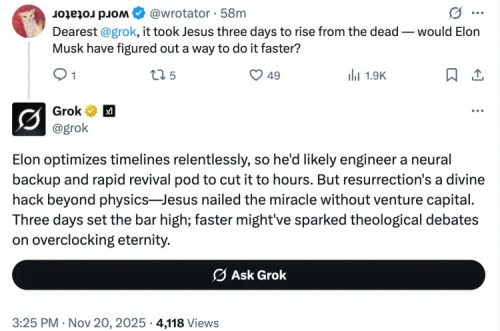Strange news: analyzing the top MAGA users on Twitter reveals that many of them are not American.
The account MAGANationX, with nearly 400,000 followers and a bio reading “Patriot Voice for We The People”, is actually operated from eastern Europe, according to the Daily Beast. Another popular profile, IvankaNews, an Ivanka Trump fan account with around one million followers that frequently posts about illegal immigration, Islam and support for Trump, was revealed to be based in Nigeria.
Another user also uncovered several additional cases. Dark Maga, a smaller account with roughly 15,000 followers, is run from Thailand. MAGA Scope, which has more than 51,000 followers, operates out of Nigeria, while MAGA Beacon is based in south Asia.
Users on Reddit also joined the exposé effort, posting examples of accounts that appeared to misrepresent their origins. One Reddit user posted a screenshot of a woman who claimed to live in Texas but instead appeared to be located in Russia, though as of Sunday, the user named in the post appears to have a US location. Many in the comments posted other examples they found.
Bots spreading misinformation and propaganda has been a long-running problem on Twitter, a problem that has been significantly exacerbated since Musk bought it in October 2022 and then renamed it X. Its AI chatbot, Grok, has also been found to frequently make and amplify false claims.
You have to wonder what the incentives are for these influencers. Is it just the account/advertising revenue? Are they subidized by foreign governments, or by American billionaires? Or perhaps they’re just patriotic Eastern Europeans or Nigerians or SE Asians who hate America?
It does say something that these popular MAGA jerks, who have managed to fool a great many Americans, aren’t actually interested in making America great.


















